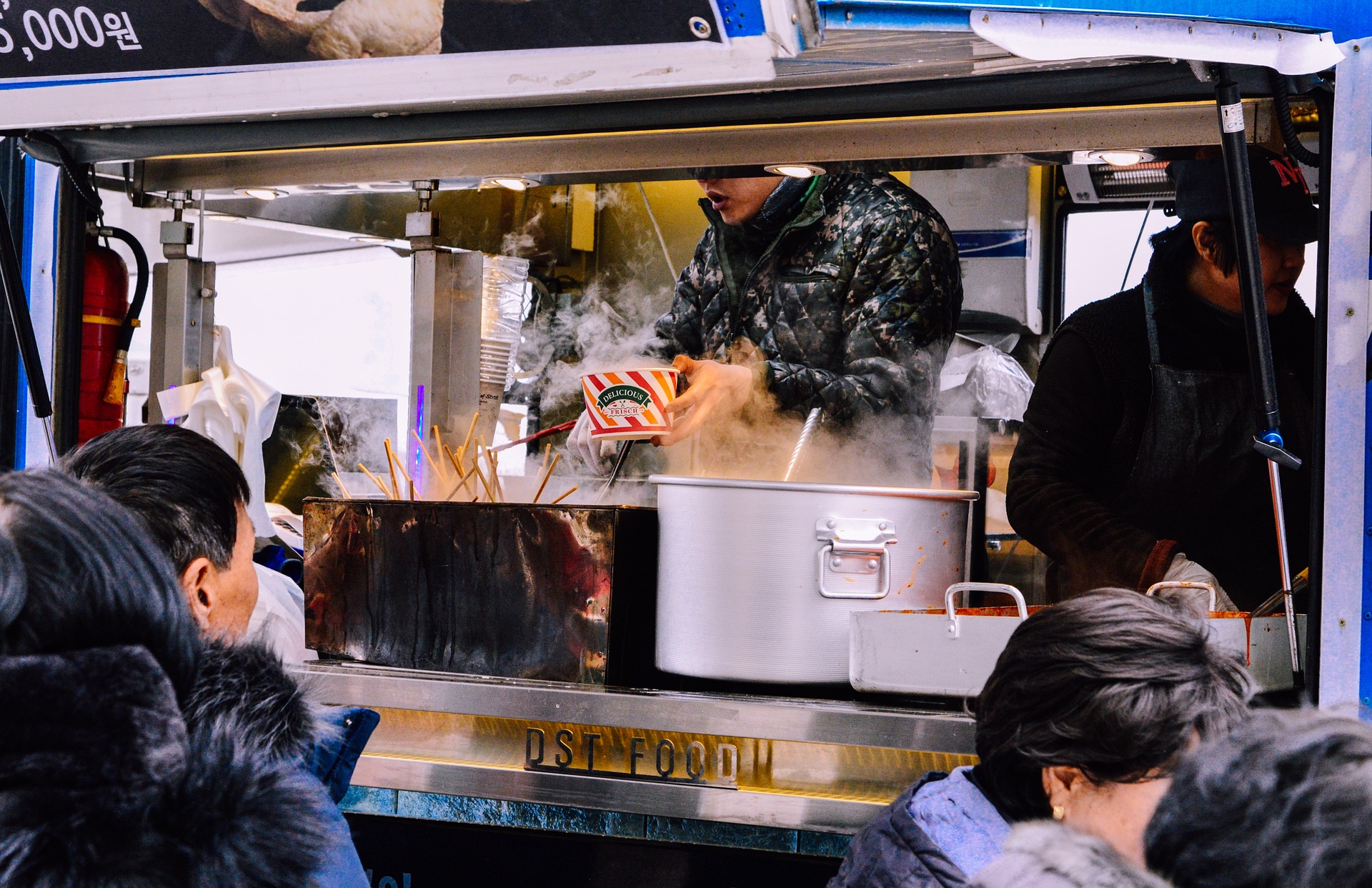Culinary Fusion and Cultural Identity: The New American Melting Pot
In a world where global flavors mingle on our plates, the fusion of culinary traditions is redefining American identity. This gastronomic revolution goes beyond mere taste, shaping our social fabric and challenging long-held notions of cultural authenticity. Read below to explore how the blending of diverse cuisines is creating a new narrative of American culture and identity.

The roots of this phenomenon can be traced back to the mid-20th century when waves of immigration brought new flavors to American shores. However, it’s the digital age that has truly catalyzed this culinary revolution. Social media platforms and food blogs have democratized cuisine, allowing for rapid dissemination of recipes and techniques across cultural lines.
Cultural Identity on a Plate
Food has long been a cornerstone of cultural identity, but in today’s America, that identity is increasingly fluid. Second and third-generation immigrants are reimagining their culinary heritage, blending traditional recipes with local ingredients and techniques. This culinary creativity is not just about taste; it’s a form of cultural expression that allows individuals to navigate multiple identities simultaneously.
Sociologists argue that this trend reflects a broader shift in how Americans perceive identity. Rather than adhering to rigid cultural categories, many are embracing a more nuanced, hybrid identity that draws from multiple traditions. This fluidity is particularly evident among younger generations, who are more likely to experiment with cuisine and cultural practices.
The Social Impact of Fusion Cuisine
The rise of fusion cuisine is having profound effects on American social dynamics. Restaurants serving hybrid dishes are becoming cultural melting pots, bringing together diverse communities over shared plates. These culinary experiments are fostering cross-cultural understanding and challenging stereotypes about ethnic cuisine.
Moreover, fusion cuisine is reshaping urban landscapes. Cities across America are seeing the emergence of food halls and markets that celebrate culinary diversity, transforming neighborhoods and creating new economic opportunities for immigrant communities. These spaces serve as incubators for culinary innovation and cultural exchange.
Authenticity in the Age of Fusion
As fusion cuisine gains popularity, it has sparked debates about cultural appropriation and authenticity. Critics argue that some fusion dishes trivialize or misrepresent traditional cuisines. However, proponents counter that culinary fusion is a natural and inevitable result of cultural exchange, reflecting the lived experiences of many Americans.
This debate highlights the complex relationship between food, identity, and power in a multicultural society. It raises important questions about who has the right to innovate with traditional cuisines and how we can respectfully engage with culinary traditions not our own.
The Future of American Cuisine
Looking ahead, the trend towards culinary fusion shows no signs of slowing. As America becomes increasingly diverse, so too will its cuisine. Food scientists and culinary experts predict that we’ll see even more unexpected combinations, with a particular focus on sustainability and plant-based options.
This culinary evolution is likely to have far-reaching effects beyond our plates. As fusion cuisine becomes more mainstream, it may help to normalize cultural hybridity in other aspects of American life. From fashion to music to language, the blending of diverse traditions could become the new norm.
Challenges and Opportunities
While the rise of fusion cuisine presents exciting opportunities for cultural exchange and creativity, it also poses challenges. There’s a risk that as dishes become increasingly hybridized, we may lose touch with traditional culinary practices and the cultural knowledge they embody.
To address this, some chefs and food historians are advocating for a balanced approach that celebrates innovation while also preserving culinary heritage. This might involve education initiatives that teach the history and significance of traditional dishes alongside fusion techniques.
The Role of Technology
Technology is playing a crucial role in shaping the future of fusion cuisine. Social media platforms are not only spreading awareness of new culinary trends but also fostering global communities of food enthusiasts. Apps that allow users to share recipes and cooking tips are creating a virtual space for culinary experimentation and cultural exchange.
Moreover, advancements in food science are enabling chefs to push the boundaries of what’s possible in the kitchen. From molecular gastronomy to 3D-printed food, technology is opening up new avenues for culinary creativity that blur the lines between science, art, and cuisine.
A New American Flavor
The fusion of culinary traditions in America is more than just a food trend; it’s a powerful metaphor for the country’s evolving identity. As we combine flavors and techniques from diverse cultures, we’re creating a new, distinctly American cuisine that reflects our complex, multicultural society.
This gastronomic melting pot offers a tantalizing glimpse into the future of American culture – one that embraces diversity, celebrates creativity, and finds unity in our shared love of good food. As we continue to experiment and innovate in the kitchen, we’re not just creating new dishes; we’re forging a new understanding of what it means to be American in the 21st century.





